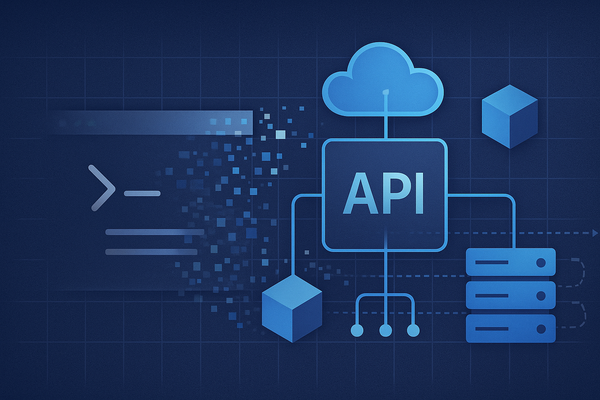Hybrid cloud has always been about balance, balancing agility with control, scalability with governance, and innovation with compliance. With the release of Nutanix Central On-Prem, that balance takes a decisive step forward.
On September 19, 2024 Nutanix officially announced Central On-Prem, extending its cloud management portfolio with a new deployment
